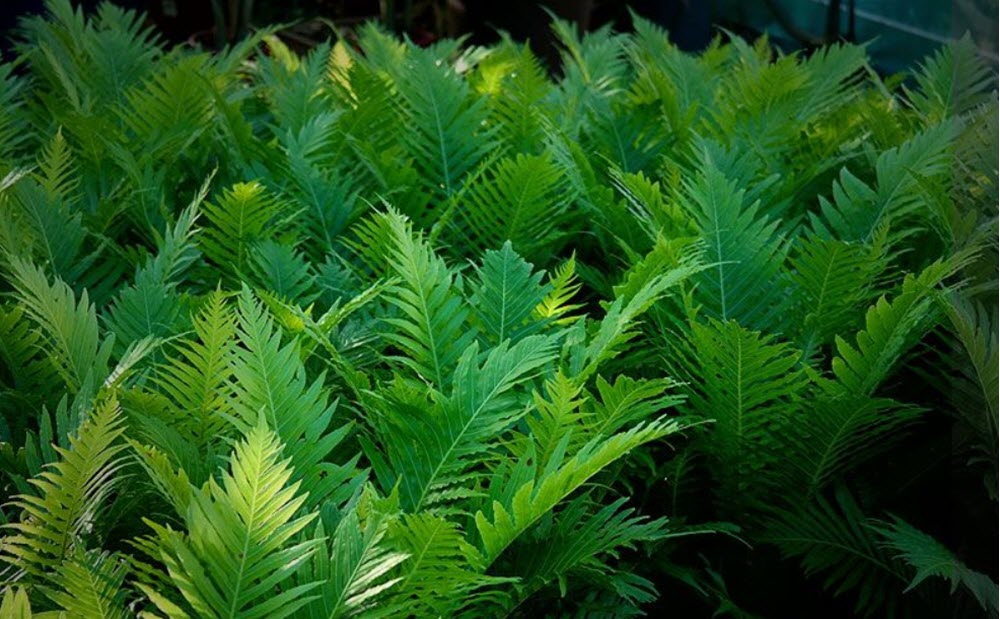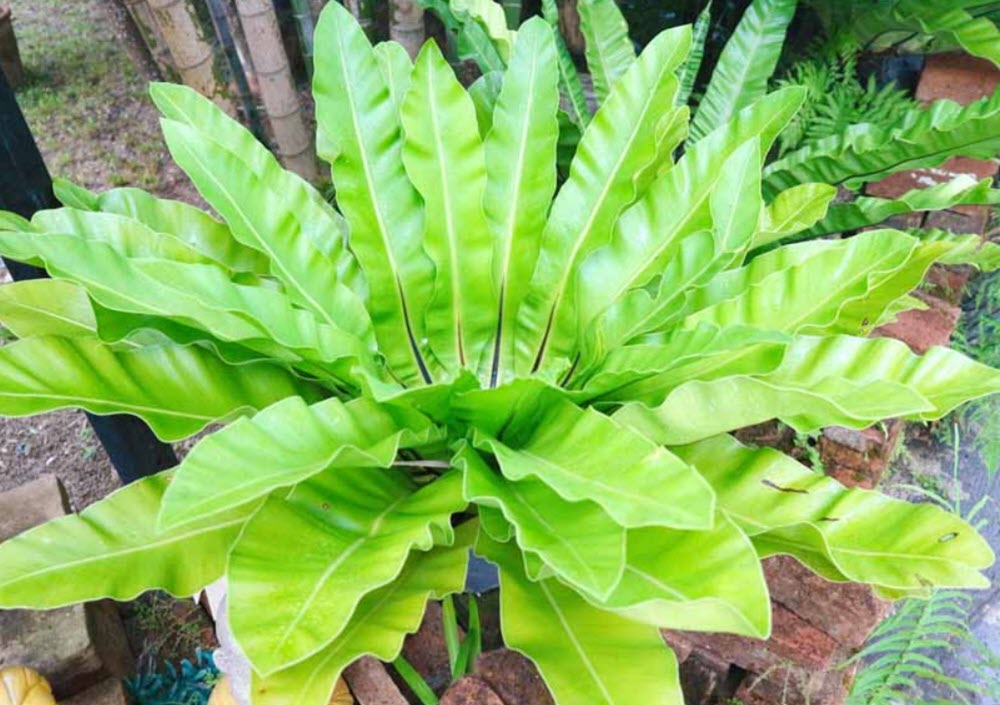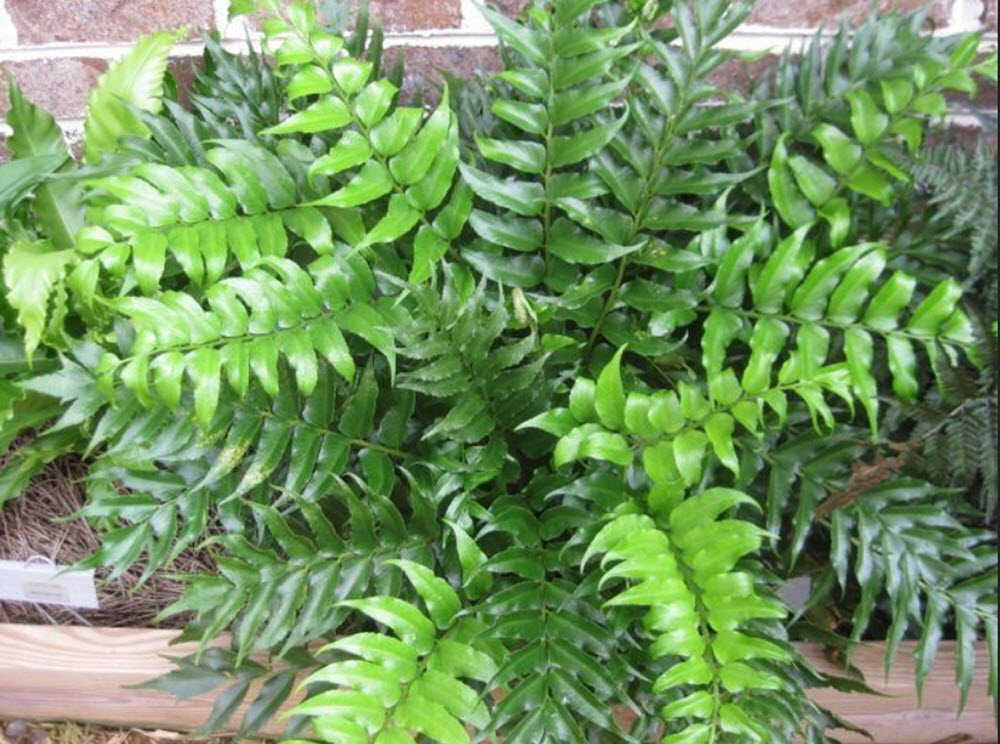Contents
Ferns are found in a wide range of habitats, climates and elevations. Many species are adapted to live in moist spots of shadowy forests, but there are also plenty of species that break this norm and live in very different situations, e.g. on rock faces in arid semi-desert regions or in open fields with no shade.

Generally speaking, ferns often thrive in marginal habitat locations where they don´t have to compete much with flowering plants.
Examples of habitat types were we commonly find ferns:
- In the shadow in moist forests
- On tree branches, especially in the tropics
- Crevices in rock faces (especially if the location is protected from full sun)
- Acid wetland habitats, such as swamps and bogs
It is quite common for ferns to be very picky when it comes to pH-range. Cystopteris bulbifera is for instance adapted to a habitat where limestone keeps the pH-value high, and the Lygodium palmatum fern – native to the Appalachian mountain range – needs very acidic soil.
Relationships with other living organisms
Epiphytic ferns
Roughly one-third of all known fern species are epiphytes and grow on the surface of other plants. They are not parasites and they do not deprive the other plant of water or nutrients. The ferns carry out their own photosynthesis and derive nutrients from debris in the environment, e.g. dead insects. Many epiphytes ferns are in themselves an important habitat for other living organisms. The term epiphyte is derived from the Greek words epi (upon) and phyton (plant). In English, epiphytic ferns and similar plants are sometimes referred to as ”air plants” since they do not root in soil.
Associations with fungi
Some ferns need to cooperate with certain mycorrhizal fungi to survive and thrive.
Spores as food
Fern spores are calorie-rich and contain both fat and protein, so it is not surprising that quite a few animals like to eat them, including many rodents and some bats. The European woodmouse is for instance known to feast on the spores of Culcita macrocarpa.
Can ferns fix nitrogen?
Some ferns, such as the members of the genera Azolla, can fix nitrogen. This makes them valuable in agriculture, and Azollas have successfully been used to improve the availability of nitrogen in rice paddies.

The life cycle of ferns
Ferns distinguish themselves from other land plants by having a reproductive cycle that contains two separate living structures:
- The sporophyte
- The gametophyte
When we think of ferns, it is normally the sporophyte structures we think of. The sporophyte produces spores within its sporangia. Eventually, the sporangia open and the spores are released into the environment.
If a spore lands in a suitable spot, it will start growing into a tiny plant: the gametophyte. This is a very small and short-lived plant that contain two sets of reproductive organs. The male set is called antheridia and the female set is called archegonia. The conditions have to be moist enough for fertilisation to take place. Fertilisation occurs either on the same gametophyte or on a nearby gametophyte. After fertilisation, a new sporophyte develops.
To understand the life cycle of ferns, it is important to know that the sporophyte is diploid – it has paired chromosomes. The exact number of chromosomes varies from one species to the next, but they are always paired in the sporophyte. The gametophyte is haploid. It has only half the number of chromosomes as the sporophyte, and the chromosomes are not paired. The lifecycle of the fern will, therefore, depend on the diploid sporophyte´s ability to produce haploid spores by meiosos. If a spore then ends up in a suitable environment, it will grow into a haploid gametophyte by mitosis, and the gametophyte then produces gametes (also by mitosis). Fertilization takes place when two fern gametes – one male and one female – fuse with each other. Fertilization leads to the formation of a diploid zygote which grows by mitosis, and now we have a brand new diploid sporophyte.

